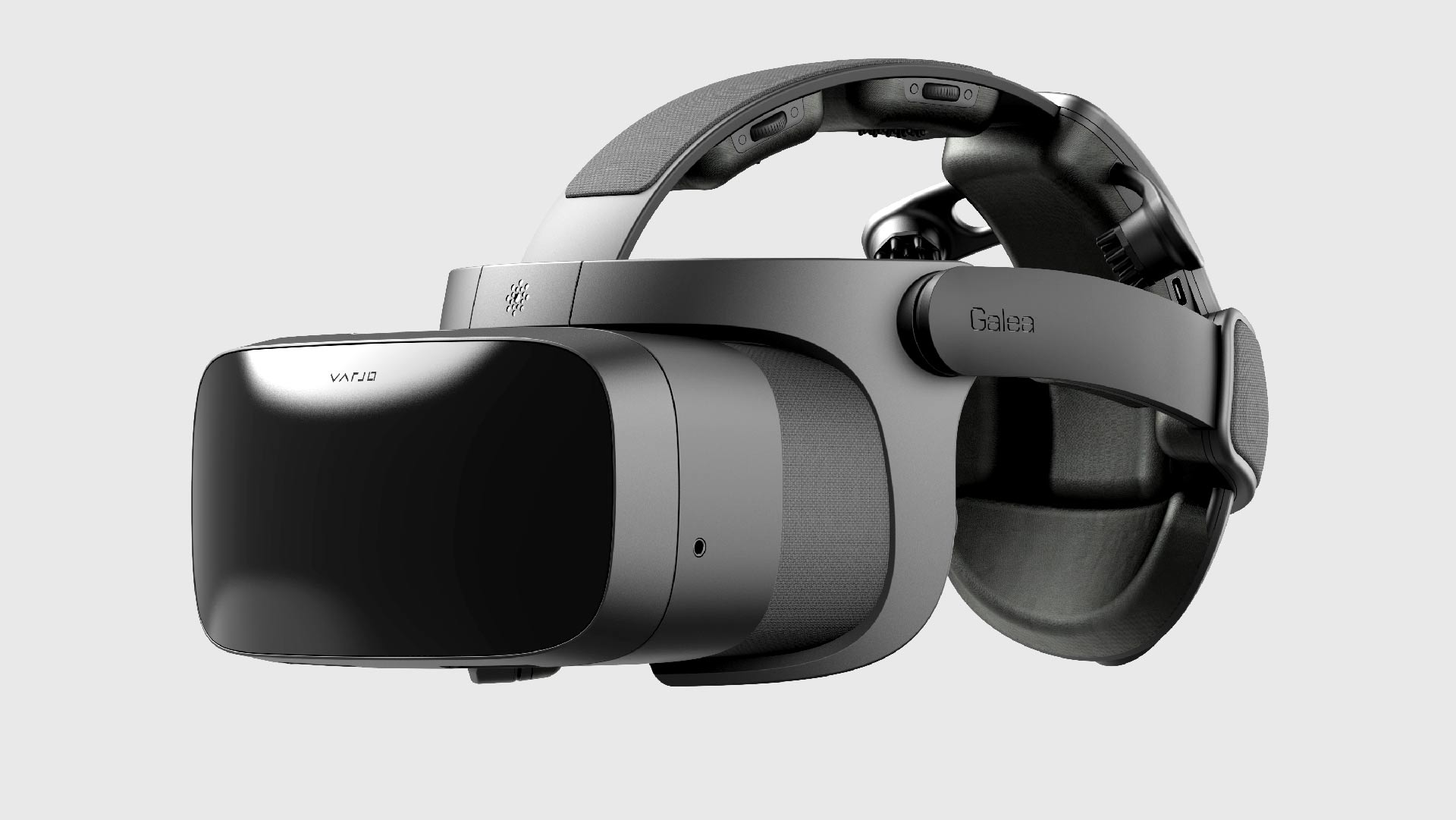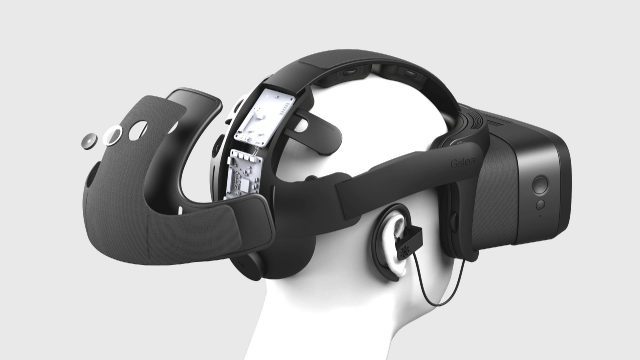Varjo, maker of high-end XR headsets, and OpenBCI, a company creating open source brain-computer interface solutions, today announced a new partnership that’s bringing OpenBCI’s long-awaited neural interface ‘Galea‘ to Varjo’s latest Aero VR headset, something the companies say will provide “a deeper understanding to augment the human mind.”
Update (11:15 ET): Previously OpenBCI had tapped Valve and eye-tracking firm Tobii as a product partners for Galea, with the intent of integrating it into Valve Index. It’s uncertain whether OpenBCI aims to continue that partnership. We’ve reached out for additional details and will update here.
Pricing was also a mystery, since orders are only open to previous beta partners. Tech analyst and YouTuber Brad Lynch managed to get ahold of a screenshot from a registered user, revealing that Varjo Aero + Galea kit appears to be priced at $22,500, putting it well out of the range of a consumer. Shipping is apparently happening over the course of five batches, which begin with the earliest estimated ship date of August 2023.
OpenBCI initially announced Galea back in late 2020, a hardware and software platform that’s designed to merge its brain-computer interface tech with XR headsets.
It’s an area of research that many companies are looking towards (such as Valve) in the hopes that such non-invasive devices could provide a host of new data. Knowing how a person reacts in real-time to virtual stimulus could give developers in the future more ways of serving up dynamic content.
Since then, the Brooklyn, New York-based company says it’s attracted beta applicants spanning consumer technology, healthcare, research, training, and gaming & interactive media. Now Finnish XR headset creator Varjo, known for its exceptionally high-resolution headsets primarily meant for enterprise, is shipping out its Aero virtual reality headset with Galea’s beta system, neatly packed into the headset’s strap.


Galea is said to include a suite of sensors including electroencephalogram (EEG), electrooculography (EOG) electromyography (EMG), electrodermal activity (EDA), and photoplethysmography (PPG) sensors, which are intended to measure data from the user’s brain, eyes, heart, skin, and muscles.
Varjo Aero is a pared down version of the company’s latest headset which offers industry-leading fidelity and advanced features for a cheaper (re: not cheap) price that makes the company’s offering more attractive to medium-sized businesses and wealthy VR enthusiasts. Without Galea, Aero is priced at $2,000 and features no annual fee—a far cry from the company’s previous enterprise headsets that range from $3,200–$5,500 (plus an $800–$1,500 annual fee).
OpenBCI and Varjo are opening pre-orders starting today, May 31st, specifically appealing to companies, developers, and researchers who have already applied to the Galea Beta Program. The headset-BCI combo is said include SDKs with ready-to-use building blocks for accessing the sensor data inside of Unity, Python, and several other common development environments.
Provided there are any units left after pre-orders, the companies will open up sale to the general public on July 1st, 2022. It’s not certain what price the companies intend to levy on the BCI-capable Aero though (see update).
Read our review of Varjo Aero here and check out the full specs below for the headset (sans Galea):
Varjo Aero Specs |
|
| Resolution | 2,880 x 2,720 (7.8MP) per-eye, mini-LED LCD (2x) |
| Refresh Rate | 90Hz |
| Lenses | Aspheric |
| Field-of-view (claimed) | 134° diagonal, 115° horizontal (at 12mm eye-relief) |
| Optical Adjustments | IPD (automatic motor driven) |
| IPD Adjustment Range | 57–73mm |
| Connectors | USB-C → breakout box (USB-A 3.0, DisplayPort 1.4) |
| Cable Length | 5m |
| Tracking | SteamVR Tracking 1.0 or 2.0 (external beacons) |
| On-board cameras | 2x eye-tracking |
| Input | None included (supports SteamVR controllers) |
| Audio | 3.5mm aux port |
| Microphone | None (supports external mic through aux port) |
| Pass-through view | No |
| Weight | 487g + 230g headstrap with counterweight |

